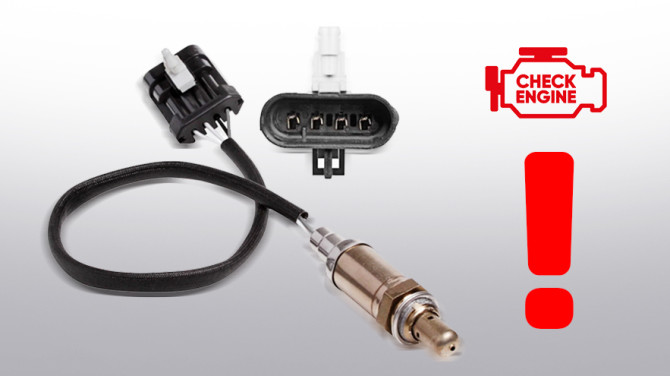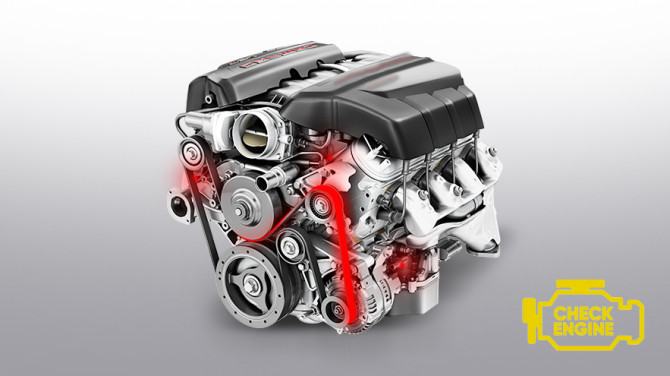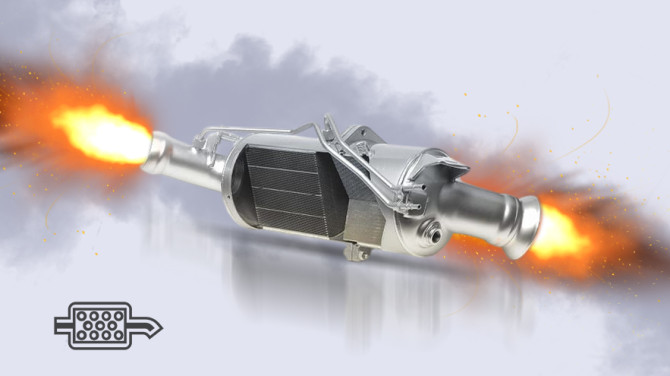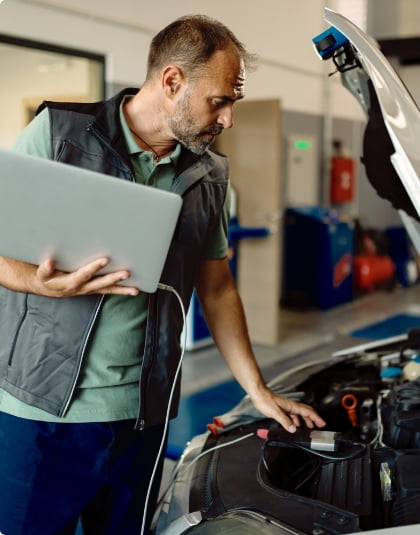Power steering pump malfunctions
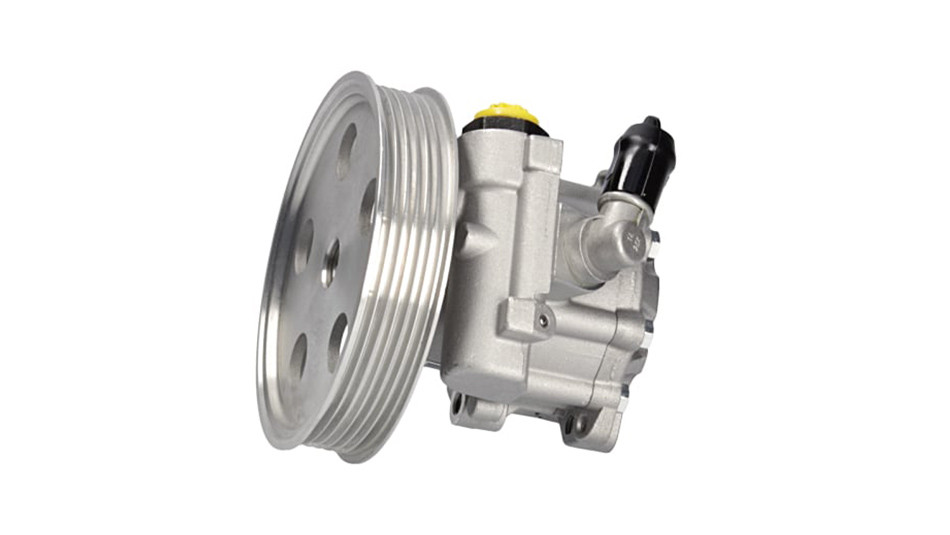
The power steering pump is a crucial part of the steering system with the main tasks of generating and altering pressure in the system, directing fluid to the steering rack valve, and facilitating easier vehicle steering. It serves as the heart of the steering system, and the condition of other steering components depends on its state.
Let's explore the potential failures of power steering pumps and provide recommendations to help prolong their lifespan.
Causes of Power Steering Pump Failures
The longevity of the power steering pump depends on adhering to proper usage principles. The following factors negatively affect the efficiency of the pump:
- Driving with old, worn-out, or dirty fluid or using fluid with inappropriate characteristics.
- Aggressive driving, especially off-road, can cause the pump to lock up.
- Drive belt tension. Over-tightened belts lead to the wear of bearings or bushings in the pump.
- If the steering wheel is turned to the extreme position for more than 5 seconds, the increased load may cause the pump's center to seize.
The above-mentioned phenomena can damage the power steering pump and result in the loss of power assistance.
Power Pump Damages and Signs of Failure
The following are common failures of power steering pumps:
- Bearing wear, shaft play, and pump noise – the pump starts to whine and hum.
- Leaking seal on the shaft.
- Worn rotor blades and rotor housing clamps.
- Pressure relief valve is stuck.
- Damaged housing.
- Stretched drive belt.
Each failure has signs that help the driver understand that the pump has been damaged. Air in the steering system, indicated by pump whining and the appearance of bubbles with foam in the reservoir, suggests that air has entered the steering system.
A significant amount of air in the system increases fluid levels and may eject fluid through the reservoir cap due to pressure.
Bubbles in the reservoir indicate possible power steering pump damage.
Air can enter the steering system due to:
- Damaged pump housing or hose.
- Old seals that have lost their elasticity, allowing air to pass through.
The pump constantly whines. Unusual sounds signal that the pump is not generating sufficient pressure. This could be caused by the wear of plates, bearings, or the rotor with the stator. If the bearing is damaged, the pump will continue to whine, and the sound will change proportionally to the engine speed.
The pump "whistles" when turning the steering wheel. The cause of this is the drive belt – it slips – either it is poorly tensioned or worn and stretched.
The steering wheel is hard to turn. If power assistance appears when accelerating, making the steering wheel easier to turn, it can be inferred that the pump's internals are damaged – the blades are not capturing the right amount of fluid. If the steering wheel stops turning altogether:
- The pump valve is seized or damaged.
- Pump failure.
- Worn steering gear housing.
Note! If pump damage is suspected, it is advisable to consult a service center. Even if it is possible to independently verify the fault, repairing the pump quickly and qualitatively may not be achievable independently. In the event of pump failure, the entire steering system should be checked – damage to one element affects the operation of others.
Pump diagnostics is a crucial step in identifying the problem and determining the scope of repair.
How to Avoid Power Steering Pump Failures
To ensure the pump runs for a long time and efficiently, it is advisable to:
- Check and change hydraulic oil (preferably every 15,000 km).
- Use only high-quality oil recommended by the car manufacturer.
- In winter, do not turn the steering wheel within 1-5 minutes after starting the engine to allow the system to warm up.
- If there are leaks, take the part to the service center instead of attempting a DIY repair.
- If strange sounds are heard, visit a service center.
Remember, the condition and reliability of the car depend on timely servicing and the quality of used parts – so, take care of your car, and it will take care of you.

